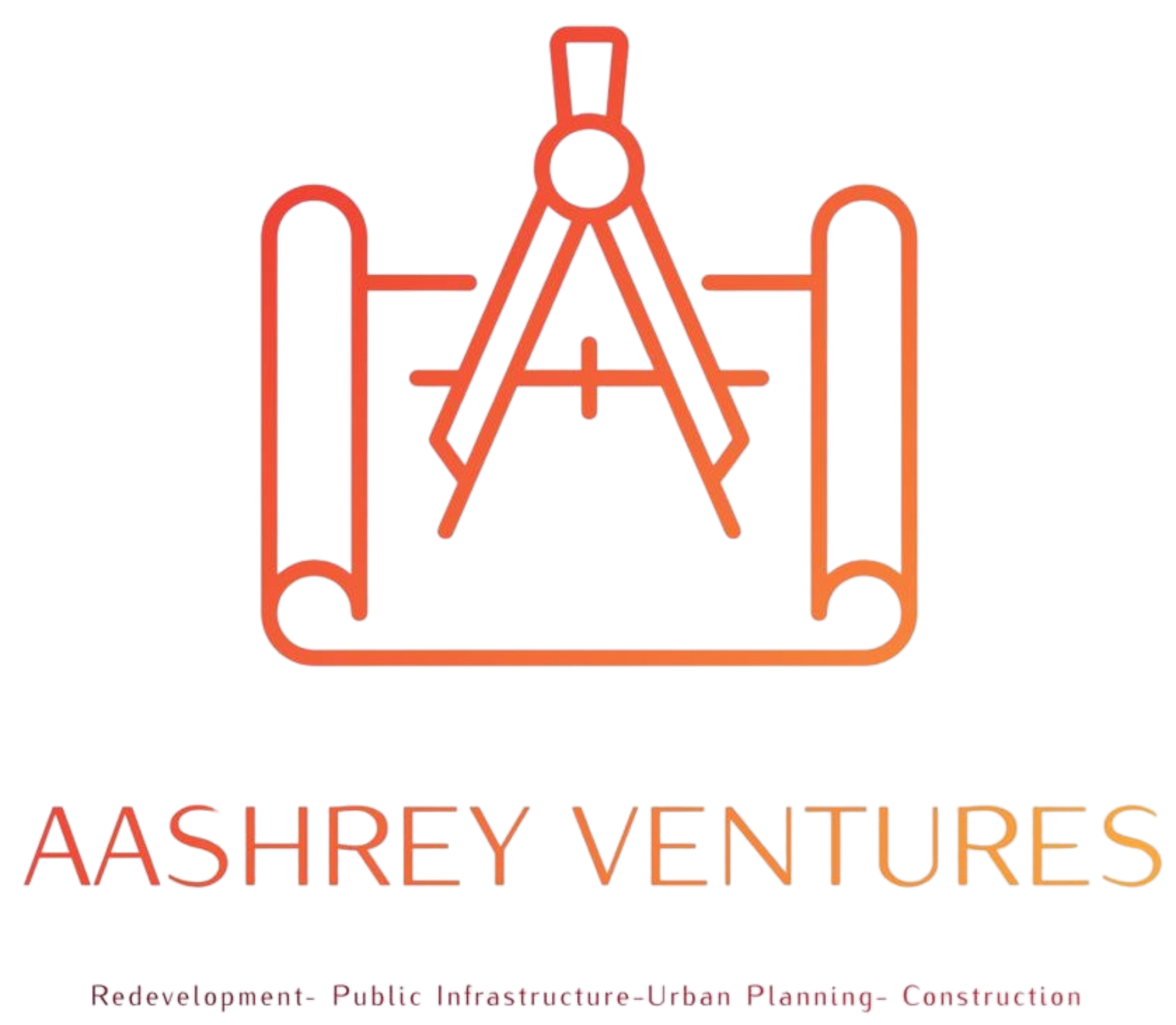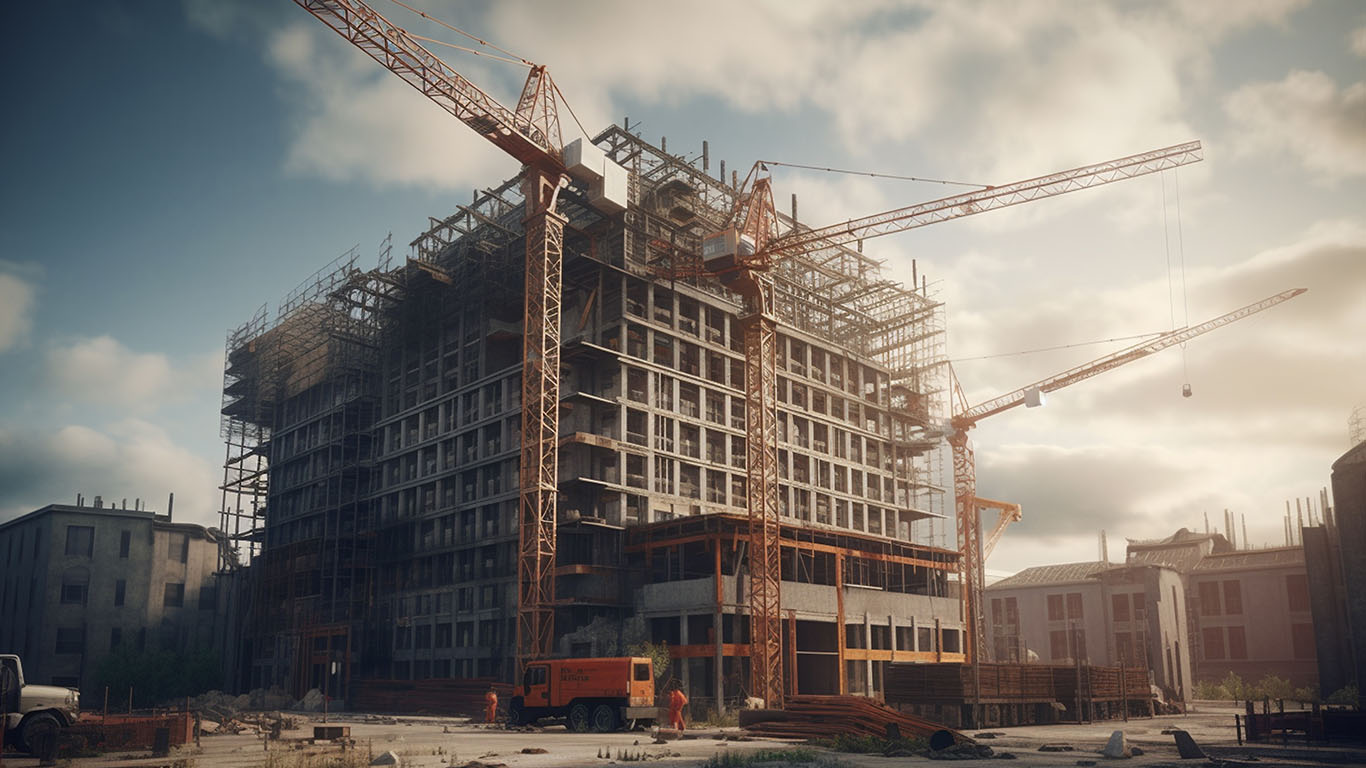As urbanization accelerates worldwide, cities are evolving into complex ecosystems that must balance modernization with sustainability. The increasing population, rising pollution levels, and infrastructure challenges make it imperative to rethink how urban spaces are designed and managed. The future of urban planning lies in smart cities and sustainable living, where technology-driven solutions and eco-friendly practices work hand in hand to create efficient, livable, and resilient urban environments.
What Are Smart Cities?
Smart cities are urban spaces that leverage technology, data analytics, and the Internet of Things (IoT) to improve the quality of life for residents while optimizing resource management. These cities rely on digital infrastructure, artificial intelligence, and automation to enhance public services, streamline transportation, and promote environmental sustainability. From intelligent traffic management systems that reduce congestion to automated street lighting that conserves energy, smart cities integrate innovation into everyday life. They also embrace renewable energy sources such as solar and wind power, reducing dependence on fossil fuels and lowering carbon emissions. Moreover, digital governance allows for more transparent and efficient administration, enabling citizens to access public services seamlessly through online platforms.
Aashrey Ventures: Leading the Way in Sustainable Urban Planning
Sustainable Living in Urban Development
Sustainability has become a core principle in modern urban planning, ensuring that cities grow without compromising the environment. Sustainable living in urban areas revolves around minimizing ecological impact while improving the well-being of residents. This includes the adoption of green architecture, where buildings are designed with energy efficiency in mind, using recycled materials and incorporating features such as rooftop gardens and vertical forests. Water conservation strategies, such as rainwater harvesting and wastewater recycling, help mitigate water shortages in densely populated areas. Walkable cities, with pedestrian-friendly zones and extensive cycling tracks, reduce dependence on private vehicles, cutting down emissions and promoting healthier lifestyles. Additionally, mixed-use developments that integrate residential, commercial, and recreational spaces create self-sustaining communities, reducing travel distances and enhancing convenience.
Aashrey Ventures: Leading the Way in Sustainable Urban Planning
At Aashrey Ventures, we recognize the need for forward-thinking urban development that combines smart technology with sustainability. Our projects are designed to integrate smart infrastructure solutions that enhance efficiency, reduce environmental impact, and improve the overall quality of life for urban dwellers. From redeveloping outdated neighborhoods with eco-friendly designs to constructing energy-efficient residential and commercial spaces, we are committed to shaping the future of urban living. Our expertise in smart city planning ensures that public infrastructure projects, such as roads, bridges, and water supply systems, are built with long-term sustainability in mind. By prioritizing green building practices and intelligent urban design, we aim to create vibrant, sustainable communities that are well-equipped for future challenges.
Conclusion
The cities of the future will be defined by their ability to merge technological advancements with environmental responsibility. Smart cities and sustainable urban planning are no longer just concepts—they are essential to ensuring that urban growth remains efficient, inclusive, and eco-friendly. As we move towards a future where urban landscapes must cater to both innovation and sustainability, Aashrey Ventures remains dedicated to leading this transformation. By developing modern, well-planned, and resource-efficient urban spaces, we are helping to build a world where cities are not only smarter but also greener and more livable for generations to come.

